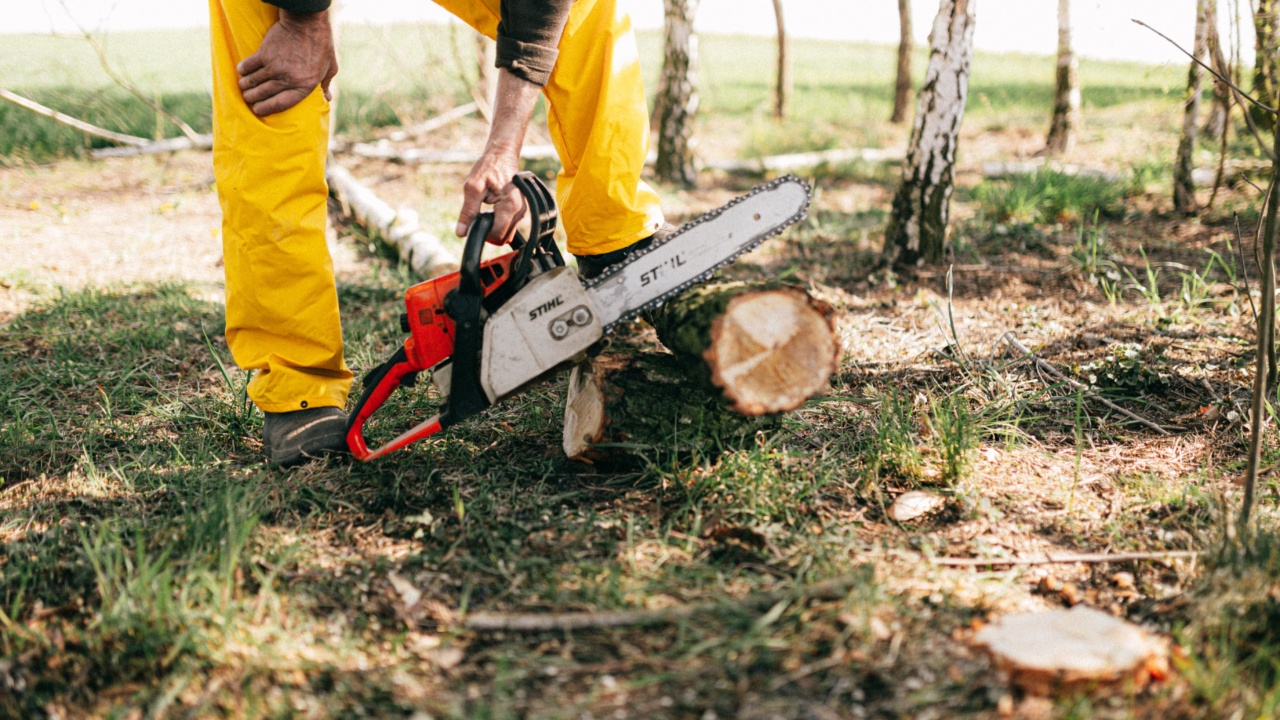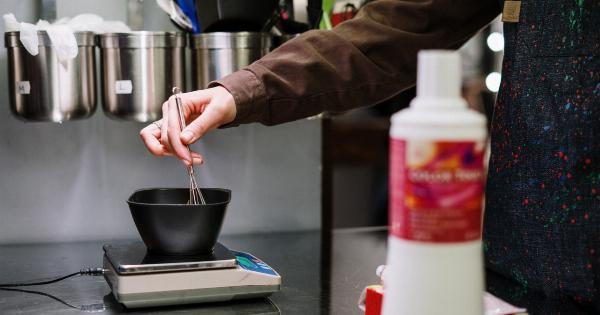Suction is an essential part of many medical procedures, from clearing airways to removing excess fluid or blood from the body. While it can be a powerful tool, suction also poses a risk of injury if not used properly.
In this article, we’ll discuss how to handle a suction emergency and prevent injury to yourself or your patients.
Understanding Suction
Suction is the process of removing fluids or other materials from the body using a vacuum. In medical settings, suction is often used to clear the airway of a patient who is unable to breathe on their own.
It can also be used during surgeries to remove excess blood or other fluids.
There are two main types of suction used in medicine: high and low. High suction is typically used for procedures that require significant suction power, such as clearing the airway.
Low suction is used for procedures that require a gentler touch, such as wound care.
Potential Risks of Suction
While suction is an important tool for many medical procedures, it also poses a risk of injury if not used properly. Possible risks include:.
- Tissue damage from excessive suction
- Damage to blood vessels or other structures
- Aspiration of fluids or materials into the lungs
It’s important to understand how to use suction safely to avoid these risks.
How to Handle a Suction Emergency
If you’re faced with a suction emergency, it’s important to act quickly and calmly. Here are the steps to follow:.
Step 1: Stop the Suction
The first step in handling a suction emergency is to stop the suction immediately. Turn off the suction machine or disconnect the tubing, depending on the type of suction you’re using.
This will prevent further injury and give you time to assess the situation.
Step 2: Assess the Patient
Check the patient’s airway to ensure that it’s clear and they’re breathing normally. If the patient was undergoing a surgical procedure, check for any signs of bleeding or other damage to the tissue.
If the patient seems to be having difficulty breathing, call for emergency medical assistance.
Step 3: Seek Medical Assistance
If the patient is experiencing significant bleeding, respiratory distress, or other serious symptoms, call for emergency medical assistance. Do not attempt to handle the situation on your own if you’re not trained to do so.
Step 4: Monitor the Patient
After a suction emergency, it’s important to closely monitor the patient’s condition. Check their vital signs regularly and watch for any signs of infection or other complications.
Preventing Suction Emergencies
The best way to handle a suction emergency is to prevent one from happening in the first place. Here are some tips for using suction safely:.
- Understand the type of suction you’re using and the recommended suction levels for different procedures
- Use appropriate suction tip sizes and types for each procedure
- Monitor the patient closely during suction procedures to watch for signs of distress
- Always follow proper infection control procedures to prevent the spread of infection
Conclusion
Suction is a powerful tool in medicine, but it also poses a risk of injury if not used properly.
By understanding how to handle a suction emergency and taking steps to prevent one from happening, you can help ensure the safety and well-being of your patients.































